Film criticism often downplays the collaborative aspects of moviemaking, with an emphasis on the director, actors, and screenwriters as the primary architects of a film. Now, there’s nothing wrong with highlighting the often outsized influence of these roles, but it does mean that other important creators—the costumers, the composers, the cinematographers – can get left out of the discussion.
That’s why I particularly enjoyed this video from Rocket Jump, which goes into the editing process for the first Star Wars movie. After George Lucas showed the initial rough cut to some close friends in February of 1977, “the response was not good.” His friends in attendance, including Steven Spielberg and Brian De Palma, were deeply unimpressed with the story; De Palma, according to Spielberg, “went off the deep end” and called it “nonsense.”
After that disastrous premiere, Lucas turned to his brilliant editing team: Richard Chew, Paul Hirsch, and Marcia Lucas (his wife at the time). By relying on and collaborating with them, Lucas was able to pull a generation-defining film out of a narrative mess. “It was only due to their laborious editorial process that Star Wars snatched victory from the jaws of defeat,” says video narrator Joey Scoma. “… As they say, a film is written three times: first in the screenplay; next in production; and finally, in the edit.”
(It’s also worth reveling here in the fact that “fanboys” who believe Star Wars belongs to white men are saying that about a movie which a woman and an Asian man helped restructure basically from scratch. We’ve always been here, bros.)
The editing team certainly had their work cut out for them. Explains Scoma: “Their job was to rebuild a bloated first act; cut tons of unnecessary material; create clarity, tension, and drama in places that had none; and restructure scenes and entire sequences to propel the story forward.”
The video compares and contrasts various changes to the film, and I loved being able to see the side-by-sides. It demonstrates how radical the effect of a small scene re-ordering, or a few new lines of dialogue, can be when it comes to creating narrative clarity and character development. Some of the changes covered include:
- Shortening the text of the opening crawl sequence
- Moving jokes around to better fit the tone of scenes
- Totally transforming the introduction of Luke Skywalker
- Making Luke look less callous when he and Obi-Wan hear Leia’s message
- Restructuring all the information about Alderaan
- Using Greedo for exposition
- Eliminating the need for terrible CGI with the land speeder
- Explaining the tractor beam
- Adding more tension to the explosion of the Death Star
Of course, the editors weren’t the only ones who helped build a better Star Wars behind the scenes. “Every step of post-production on Star Wars reflected a revolutionary commitment to the craft,” summarizes Scoma. “Looking at how they refined the film through relentless craftsmanship should be a lesson to us all.”
(Featured image via screengrab)
Want more stories like this? Become a subscriber and support the site!
—The Mary Sue has a strict comment policy that forbids, but is not limited to, personal insults toward anyone, hate speech, and trolling.—



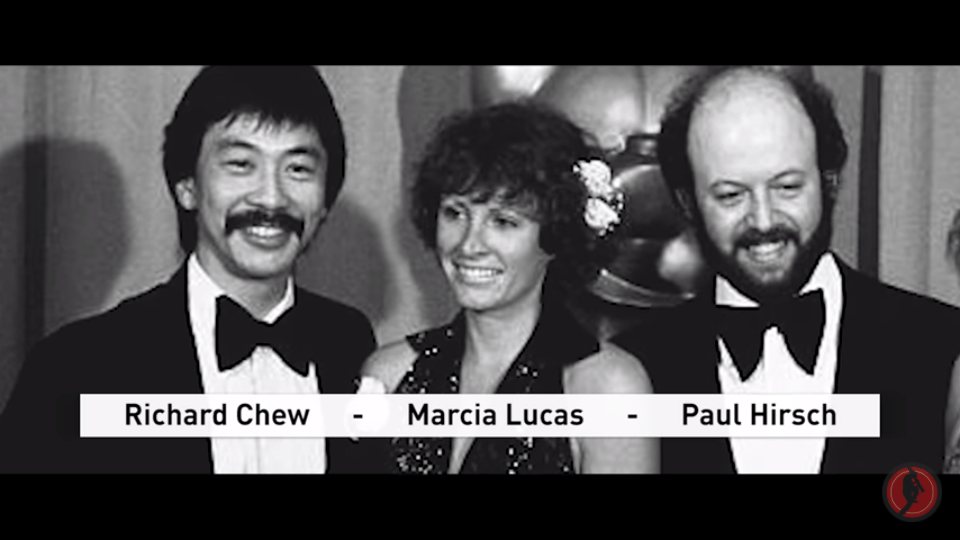
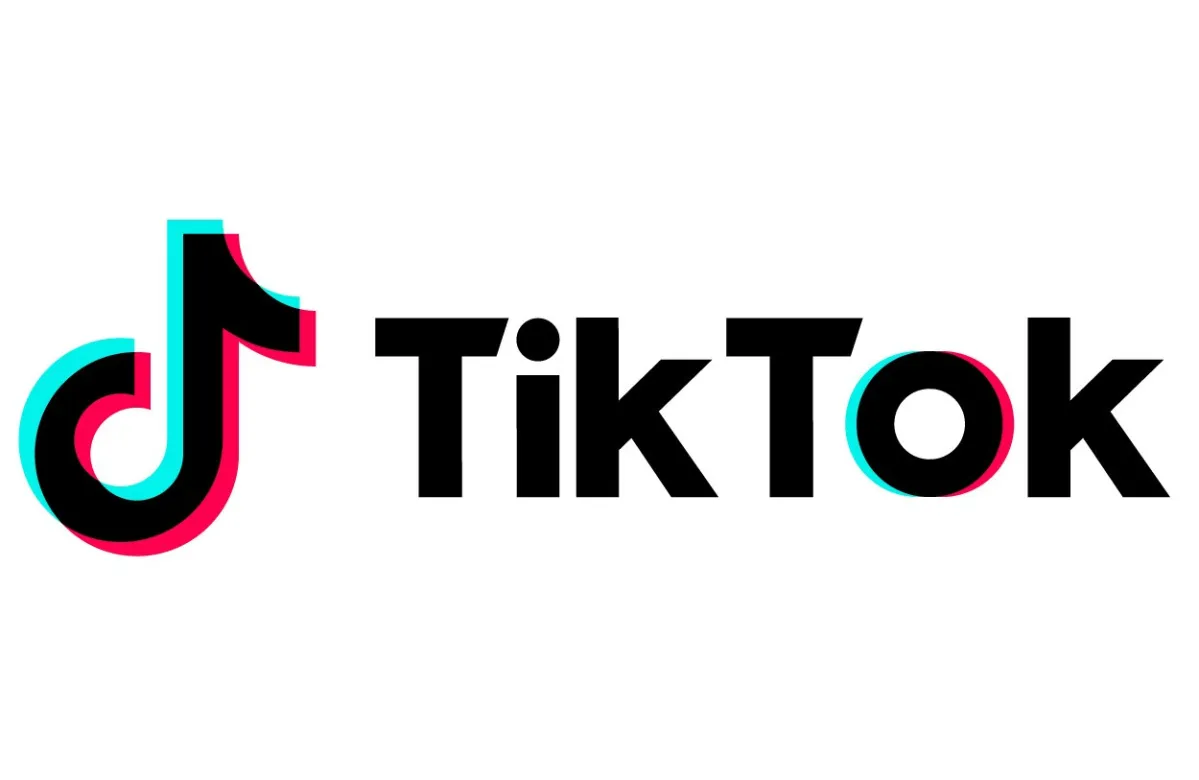
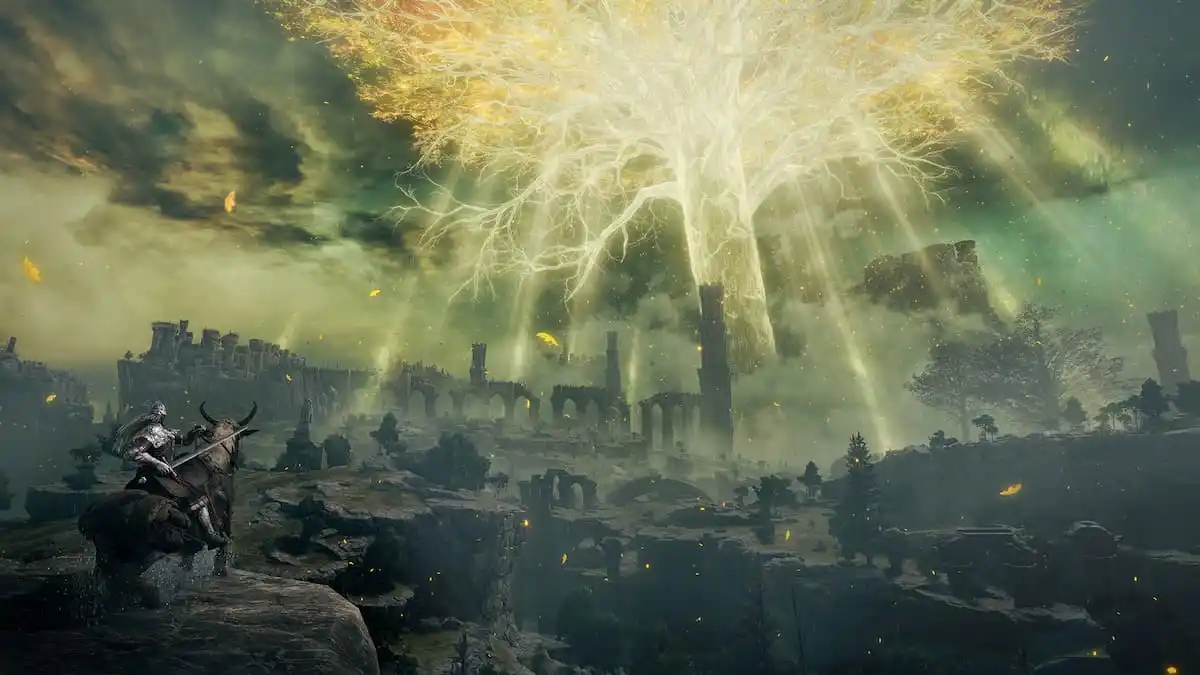
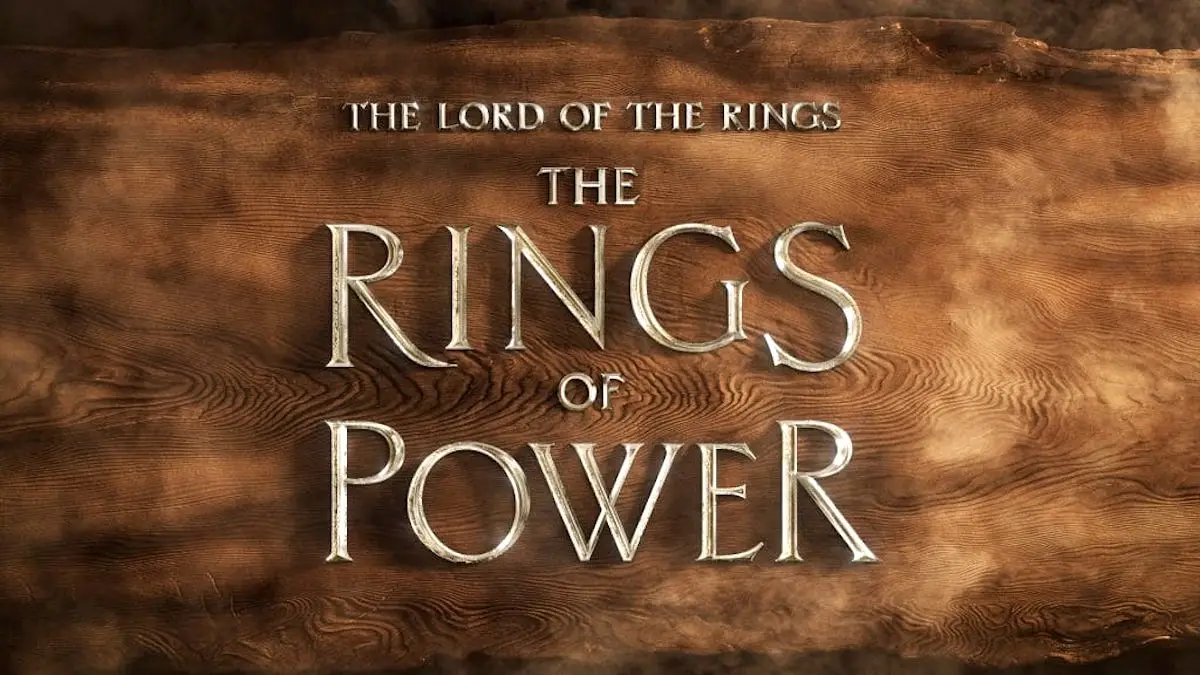
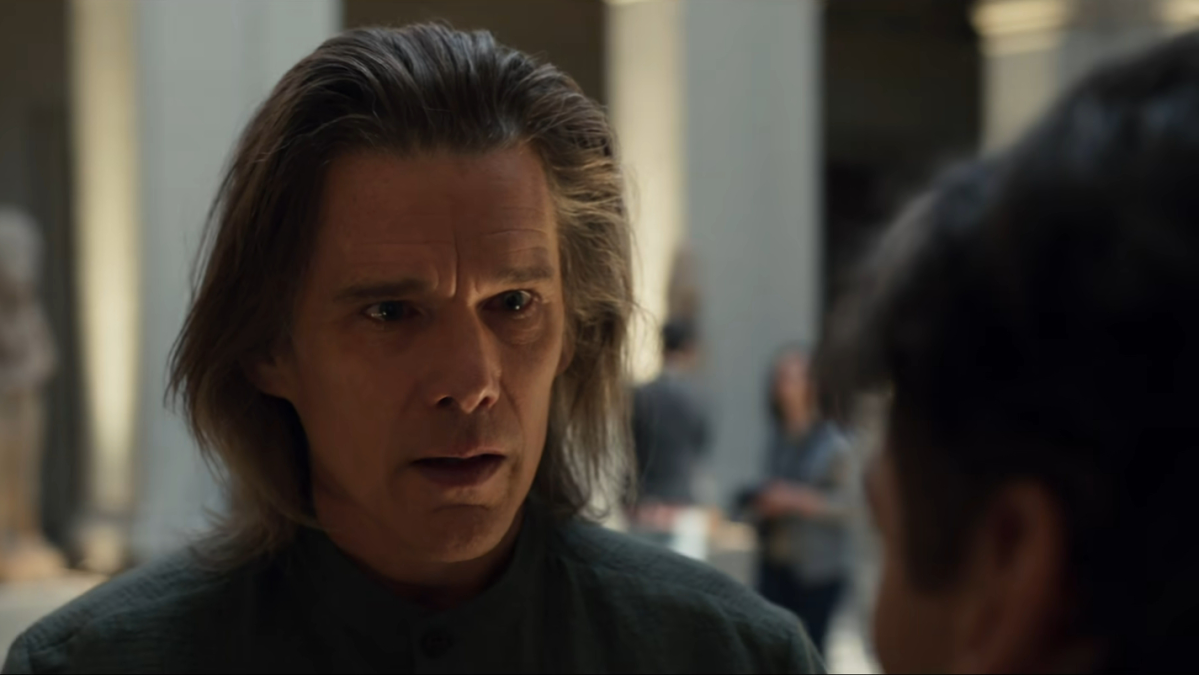
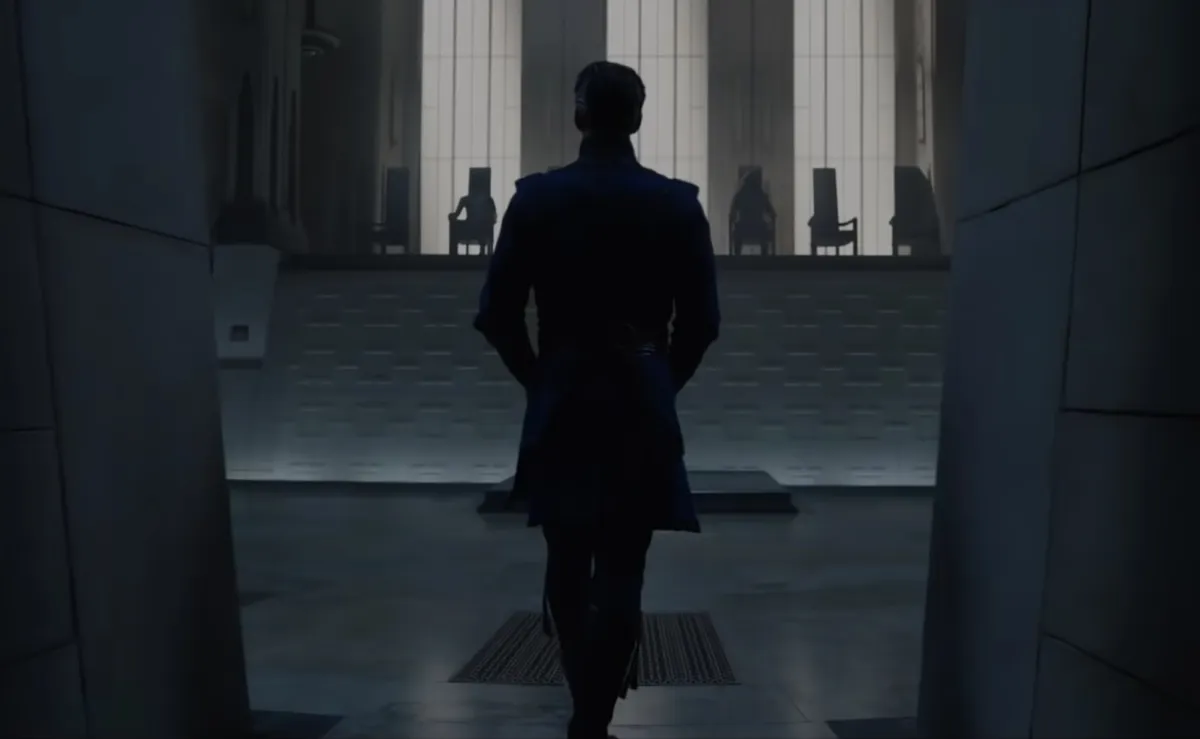
Published: Dec 13, 2017 10:55 am